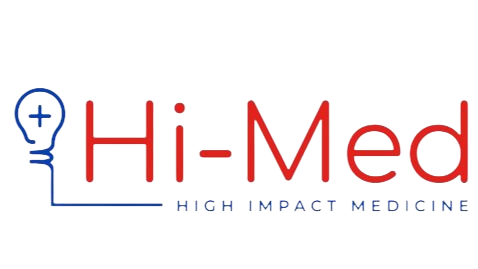Summer Research Stay with the NAO
By Janika Schmitt
In the summer of 2022, I spent three months at the Nucleic Acid Observatory (NAO) project as a medical student working with Kevin Esvelt’s group at MIT. The NAO is a project that aims to build an early warning system for future pandemics, especially global catastrophic biological risks.
What does the NAO do?
The genomes of all known pathogens are made of nucleic acids like DNA or RNA. The nucleic acid sequence is distinct for each pathogen, allowing detection via specific methods like quantitative Polymerase Chain Reaction (qPCR) or targeted sequencing. Established biosurveillance methods like wastewater monitoring use this feature by looking for sequences of known pathogens. This gained new relevance during the COVID-19 pandemic: SARS-CoV-2 RNA in wastewater could be detected days before the first clinical infections in a corresponding population were reported.
However, if we want to defend humanity against the worst catastrophic biothreats, we must prepare for the unknown. This implies that we must look for pathogen genomes we do not yet know. One approach to do so is to perform untargeted metagenomic sequencing (i.e., analyzing the entire nucleic acid content of a given sample), comparing results to past measurements, and assessing if any sequences are growing exponentially in frequency at a given location. The NAO project investigates the strengths and limitations of different biomonitoring options, including metagenomic sequencing of wastewater from municipal treatment plants or airplanes and clinical metagenomic sequencing. This work might allow us to reliably detect all biological threats, thereby helping us to contain and prepare for future pathogens with pandemic potential.
What did I do at the NAO?
During my stay at the NAO, I worked with the wet-lab team on experiments that aimed to determine the technical feasibility of a wastewater monitoring system. Due to the low abundance of human viruses in wastewater, even detecting known pathogens (for instance, SARS-CoV-2) via PCR or targeted sequencing is inherently difficult. For unknown pathogens, this problem is aggravated by the fact that we don’t know what genomic sequences we’re looking for. One solution to this is untargeted metagenomic sequencing, however, this method is less sensitive than other techniques (e.g., qPCR) and requires deliberate sample preparation and sample site selection. To inform these design choices, I helped perform experiments that investigated the degradation dynamics of viruses in (waste)water. Furthermore, I performed qPCR studies that determined the lower limit of detection (the nucleic acid concentration at which we can still detect a given pathogen in wastewater).
One of the aspects of my stay I enjoyed most was being part of an ambitious, determined team that worked towards clear objectives to reach a common goal. Additionally, my learning curve was particularly steep in areas like personal work organization and task prioritization. I was fortunate to be mentored by Dr. Anjali Gopal (NAO co-lead), who explicitly encouraged me to spend time on skill building and set a great example for future management and mentoring relationships.
How has my time at the NAO informed my career?
My goal is to work in biosecurity after graduation, and joining the NAO was an exciting first step toward that. During my time in Boston, I realized how fulfilling it is to work on projects that may have a large positive impact. Being a member of the High Impact Medicine community inspires me to aim high and be ambitious, and I am looking forward to further exploring how to have a wide-reaching positive impact with my career.
By Janika Schmitt
At the time of writing, Janika is a fifth-year medical student from Germany. You can read more about her experience here.

